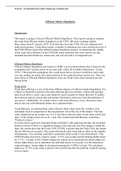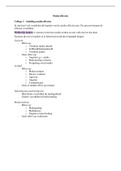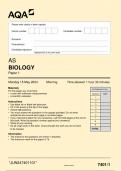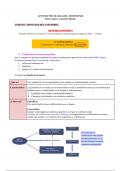Essay
Efficient Market Hypothesis
- Institution
- London Metropolitan University (LMU)
This report is going to discuss Efficient Market Hypothesis. This report is going to examine the weak form efficient market hypothesis on the FTSE 100 stock exchange market. Data values from 01 January 2015-18 for Barclays from the FTSE 100 were obtained and analyzed rigorously. Using these resu...
[Show more]







